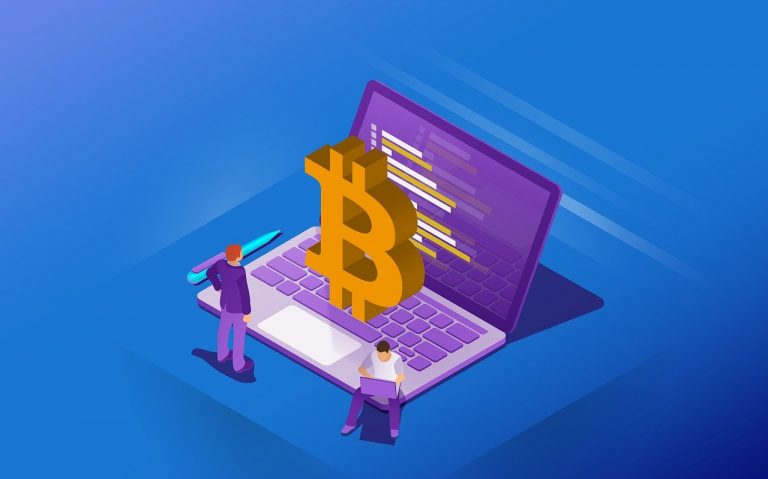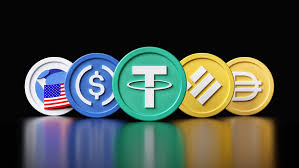The cryptocurrency market offers exciting opportunities, but it also comes with serious risks. As billions of dollars flow through crypto exchanges, wallets, and DeFi platforms, hackers and scammers are constantly finding new ways to exploit users. From phishing emails to fake wallets and malicious smart contracts, crypto holders must stay alert.

Unlike traditional banks, there’s no safety net in crypto. If your funds are stolen or lost, recovery is often impossible. That’s why protecting your assets is a top priority. In this guide, we’ll explain how to keep your crypto safe from hacks and scams in 2025.
1. Use Reputable Wallets and Exchanges
Always use well-known, trusted platforms to store or trade crypto. Choose wallets and exchanges that have:
-
Strong security features
-
Multi-layer authentication
-
Good track records
-
Transparency about management and storage
How to stay safe:
-
Use wallets like Ledger, Trezor (hardware) or MetaMask, Trust Wallet (software)
-
Trade on trusted exchanges such as Coinbase, Binance, or Kraken
-
Avoid using unknown platforms, especially if they promise unusually high returns
2. Secure Your Private Keys and Seed Phrases
Your private key or seed phrase is the most important part of your crypto security. Anyone who has access to it can take full control of your assets.
How to stay safe:
-
Write down your seed phrase on paper and store it in a secure, offline location
-
Never save it digitally on your phone, computer, or cloud services
-
Never share your seed phrase with anyone—not even support staff
-
Consider using a fireproof safe or safety deposit box to store backups
3. Enable Two-Factor Authentication (2FA)
Two-factor authentication adds an extra layer of protection to your accounts. Even if someone steals your password, they won’t be able to log in without the second verification step.
How to stay safe:
-
Enable 2FA on all exchange and wallet accounts
-
Use an authenticator app (like Google Authenticator or Authy) instead of SMS
-
Avoid relying solely on email-based verification, which is easier to hack
4. Beware of Phishing Attacks
Phishing is one of the most common ways scammers steal crypto. They send fake emails, texts, or DMs pretending to be from a trusted source.
How to stay safe:
-
Always double-check the URL of any website before logging in
-
Never click on links from unknown or suspicious sources
-
Bookmark important sites (like your exchange or wallet login) to avoid mistyping
-
Be cautious of urgent messages asking you to “verify your wallet” or “claim rewards”
5. Avoid Fake Wallets and Scam Coins
Scammers often release fake wallets or tokens that look real but are designed to steal your funds. These are especially common in app stores or on social media.
How to stay safe:
-
Download wallets and apps only from official websites or verified app stores
-
Check reviews, community feedback, and developer information
-
Be cautious with new tokens promoted on social media or Telegram
-
Don’t trust unknown coins with promises like “1000% guaranteed return”
6. Use Cold Storage for Long-Term Holding
For investors who plan to hold large amounts of crypto long-term, cold wallets (offline wallets) are the safest option.
How to stay safe:
-
Use hardware wallets like Ledger Nano or Trezor
-
Disconnect the device from the internet when not in use
-
Only connect it when transferring funds
-
Verify addresses before sending crypto
Cold storage ensures that even if your computer or phone is compromised, your funds remain safe.
7. Stay Updated with Security News
Crypto is a fast-evolving space. New scams, vulnerabilities, and exploits appear regularly.
How to stay safe:
-
Follow trusted crypto news outlets (like CoinDesk, The Block, or Cointelegraph)
-
Join communities like Reddit’s r/CryptoCurrency or official project Discords
-
Stay informed about smart contract exploits, wallet updates, and phishing alerts
Awareness is one of your strongest defenses.
8. Use a Separate Wallet for Risky Activities
If you’re exploring decentralized finance (DeFi), airdrops, or NFTs, use a separate wallet for experimental transactions.
How to stay safe:
-
Keep your main holdings in a secure wallet
-
Use a second wallet (with limited funds) for interacting with new platforms
-
Don’t sign suspicious smart contracts or connect your main wallet to unknown websites
This way, if something goes wrong, your core assets are still protected.
9. Watch Out for Impersonators and Giveaway Scams
On platforms like Twitter, YouTube, or Telegram, scammers often impersonate influencers or exchanges offering free crypto in exchange for a small payment or wallet address.
How to stay safe:
-
Never send crypto to “verify your address” or “claim a giveaway”
-
Official giveaways never ask for payment upfront
-
Verify official social media accounts by looking for platform verification or links from the official website
If it seems too good to be true—it is.
10. Don’t Reuse Passwords
Using the same password across different sites is a major risk. If one account is compromised, others may follow.
How to stay safe:
-
Create strong, unique passwords for each crypto platform
-
Use a password manager like Bitwarden or 1Password to manage and store them
-
Regularly update your passwords and remove access to accounts you no longer use
Crypto security isn’t just about technology—it’s about mindset. Being cautious, staying informed, and following best practices will protect you from the vast majority of hacks and scams.
In the world of crypto, you are your own bank. With that freedom comes responsibility. Treat your security seriously, because once funds are gone, they’re likely gone for good.
By following the steps above, you’ll put yourself far ahead of the average user—and far out of reach from most attackers.



